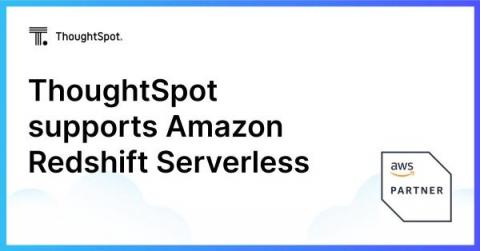Beyond Sentiment Analysis: Environmental Factor Analysis
Sentiment analysis has long been recognized as valuable. It's through sentiment analysis that the corporation can start to hear the voice of the customer. And hearing what your customer is saying is probably the most important thing that any business can do. Stated differently, corporations that do not listen to their customers have a very finite lifespan.











